Brenda Lee’s name may not be as recognizable as some of the other music stars from the 1960s but when you think of Christmas, you’ll know her song, and start humming her catchy tune, “Rockin’ Around the Christmas Tree.”
When Lee, now 78, first hit the stage, she wasn’t old enough to drive but her powerful vocals steered her “unprecedented international popularity” as the most successful female artist of the 1960s.
Lee, whose voice defied her diminutive stature at only 4 foot 9, became a fan favorite when she was only 12.
Brenda May Tarpley, born in 1944, got her start in the late 1940s, became huge in the 1950s, and over her career–that started before she left elementary school–she topped the charts 55 times, earning the title as the most successful female recording artist of the 1960s.
When Lee was only eight (according to Rolling Stone), her father, a construction worker, was killed at work and little Brenda–who then changed her last name to Lee–became the family’s primary provider.

Taking care of her younger brother, big sister, and mother–a cotton mill worker–was not a duty, but something she wanted to do. She said that she was thrilled when she made her first $20, so she could help her family: “Even at that young age, I saw that helped our life,” Lee said, adding “It put some food on the table. It helped, and I loved it.”
The Atlanta-born chanteuse, called a “pioneer of early rock and roll,” by the Georgia Encyclopedia, achieved “unprecedented international popularity in the 1960s.”
But, an incredibly humble human, Lee credits those who helped her achieve her dreams. When Christianity Today asked what she thinks about being a legend, Lee said “I don’t think of myself that way!” She continued, “I’m just a girl who’s been blessed to be doing what I’m doing, and there’s a lot of people who’ve sweated a lot of tears and put a lot of life’s work into me to be able to have my dream. So, if I’m a legend, then they’re legends, too.”
In 1956, the young girl joined country star Red Foley for a show at the Bell Auditorium near her home in Augusta, and she belted out “Jambalaya,” by Hank Williams.

She was then signed to appear on Foley’s Ozark Jubilee, a country music show, where millions of viewers fell in love with the sassy 12-year-old whose talent was developed well beyond her age.
In the same year, Lee signed with Decca Records, and the next year, she moved to Nashville, Tennessee, and fusing country with rhythm and blues–highlighted by her hiccupping vocals–she recorded early rockabilly classics like “BIGELOW 6-200,” “Little Jonah,” and “Let’s Jump the Broomstick.”
When asked if–when as a young girl–she was nervous performing in front of large crowds, she answered: “No, not really. Nobody ever told me to be nervous. The stage always felt like a hometown to me because I had been in front of people ever since I was 3 years old, singing to people. So it was a very comfortable spot for me.”
In 1957, Lee earned the nickname “Little Miss Dynamite” for her pint-sized powerhouse recording of the song “Dynamite,” and in 1958, fans heard “Rockin’ around the Christmas Tree,” a genre and generation-crossing holiday standard, released when she was only 13.
“I knew it was magical,” she told Rolling Stone.
Over the next couple of years, she charted with hits like “Sweet Nuthin’s,” “All Alone Am I,” and “Fool #1.”
Most of her songs, however, contradicted her experience as a young girl. Her mother didn’t let her date and she graduated high school not understanding the heartbreak of young love.

She was only 16 when she said “Love could be so cruel” in the song “I’m Sorry” and only 16 when she said “I want his lips to kiss me” in the song “I Want to be Wanted,” both back-to-back hits when she was still in school.
And when she turned 18, she met Ronnie Shacklett, whom she’s now been happily married to for 60 years.
Life on the road for Lee as a youngster had its difficulties. She celebrated her 12th birthday in Las Vegas and speaking with the Las Vegas Journal, Lee explained her loneliness.
“Of course, I wasn’t even allowed to walk through a casino, I was so young. So I didn’t even know what a casino looked like. They took me into the kitchen, then into the showroom. And then when my show was over, I was brought back out through the kitchen and back up to my room. Children weren’t allowed … in the casino area.” She continued, “There wasn’t anything to do in Vegas for a kid. The most fun I had was on the stage.”
Speaking on what she missed out on as a child, the award-winning Lee said, “Many times, I yearned to be with my friends rather than be out there on the road.”
Turns out she made new friends on the road, like with the music group that opened for her at a 1962 show in Germany. “I hung out with John,” she says effortlessly, speaking of John Lennon. “He was extremely intelligent, very acerbic with his jokes, just a gentle person. When I found out that they later said they were fans of my music, I was just floored.”

6-Year-Old Boy Dies And Leaves Blue Stain On Carpet: Years Later, Mom Makes Heart-Wrenching Discovery
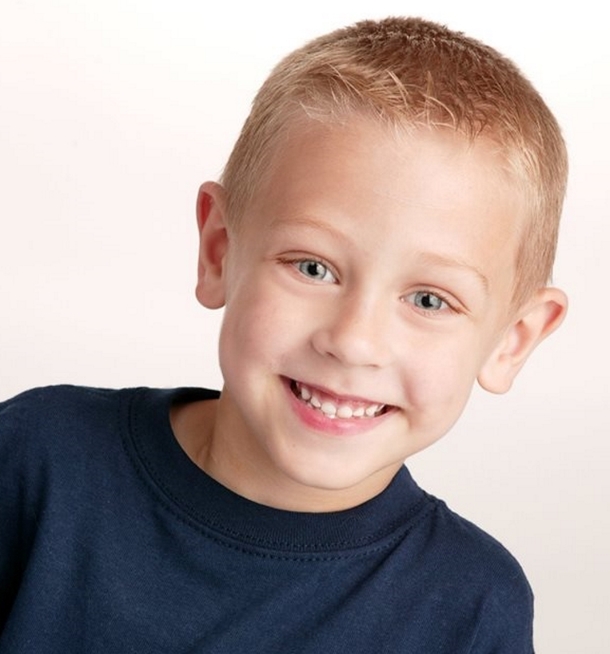
Every day, moms have a lot on their plates.
Managing multiple responsibilities throughout the day, like cleaning their children’s sticky hands and faces, folding laundry, ensuring they eat breakfast and lunch, and getting them ready for school, leaves parents with a lot on their plates and little time for relaxation.

No matter how hard they try, there will always be some sort of mishap—such as a toy you trip over, a glass of milk that gets knocked over, or a stain somewhere—waiting around the corner.
The luxury of taking a quick shower before going to bed or spending some alone time is something that many mothers cannot afford.
A mother who has seen it all, Heather Duckworth, recently wrote a piece in which she touched on some of the things we take for granted as parents.
A crucial component of that process is the mess that children make as they transform before our own eyes into the people we’ve always thought they’ll become.
It’s crucial to keep in mind that our kids will use the messes we cleaned up when they were adults as the greatest evidence to the upbringing we provided for them, so it’s worthwhile to make an effort to find happiness even in the middle of turmoil.
Unfortunately, not every woman gets to witness the chaos and disarray that kids bring about.
Not all parents are able to experience the happiness that children bring into their life, either.
Many new and expecting mothers connected with Heather’s widely shared post , “The Blue Stain.”

As Heather washed the grout her daughter had created with the slime, her heart began to race as she recalled the catastrophe she had to clean up all those years prior.
This mother would think, “My hands were full, but so was my heart,” after a demanding day of chasing after her two-year-old triplets and her four-year-old elder brother, picking up toys, and making sure no one got hurt in the mountains of laundry she was unable to finish that day.
Heather and her two sons danced to the radio as they cleaned up the playroom before calling it a night.
It was the last time they would laugh so hard for a while, no one could have anticipated.
She was about to go to sleep herself when she heard one of the boys say, “Uh, Oh,” and she noticed the enormous blue stain that would follow her about for the rest of her life.
One of the triplets’ pens exploded in his hand, splattering ink all over the place. Blue pajamas, hands, and face gave the appearance that the little child was a smurf.
Heather became enraged and felt like a lousy mother as she watched.
Although she hadn’t been upset with her son, she did blame herself since she’d placed the pen in a place where kids could readily get to it. She gave in to her emotions.
“When I noticed blue splatters all over the floor and a large pool of ink seeping into our brand-new carpet, I panicked. My husband had been doing the dishes, so I hurriedly shouted for him to come help me. My spouse began cleaning those vivid blue stains off of our carpet as soon as I got my son and took him to the toilet to clean him up. I was immediately upset.
Heather would often get angry and frustrated when she spotted the stain on the brand-new carpet. Up until the day it was eventually removed, the stain represented all the amazing experiences she shared with her sons.
A month after the little child spilled blue paint on the carpet, he was given a cancer diagnosis. Two years later, he passed away, leaving the stain as a reminder of their time together.
It remained in place, but now it served as a continual reminder of my kid. It served as a continual reminder of my annoyance at something so little and insignificant in the grand scheme of things.
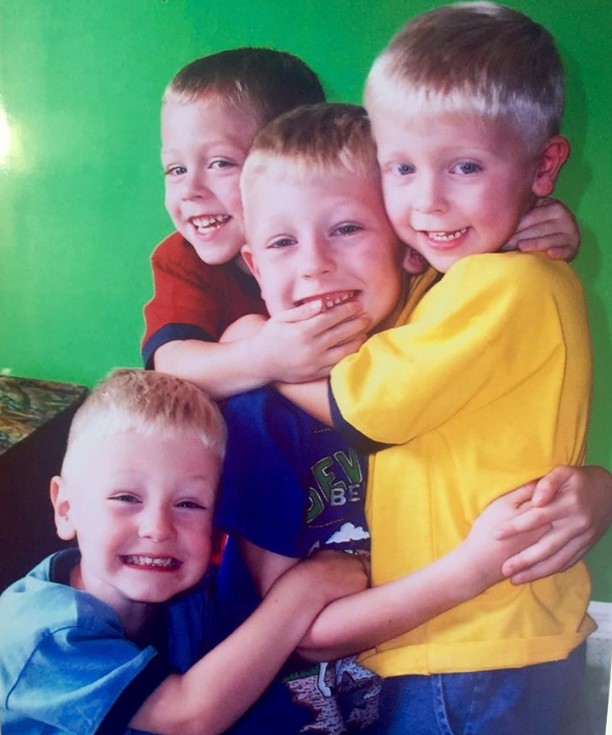
The blue stain served as a continual reminder that although life is messy, it is still worthwhile. a persistent prompt to stop worrying about the little things. a continual reminder that people matter more than “things.” a continuous reminder that mishaps do occur. a continual reminder to hold fast to what is important and let go of the trivial things.
She attempted to hide the bright blue stain with the furniture, but each time she tidied the space, it was there, glaring back at her, a constant reminder of her loss and the grief she was still experiencing.
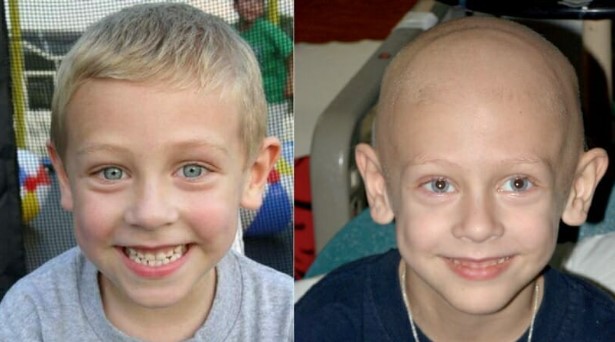
The purpose of Heather’s narrative is to serve as a reminder of how frequently we forget to see the small things in life that bring us purpose and take life for granted. She feels compelled to tell all the mothers out there that the toys scattered around and the filthy clothes are what actually provide their homes a feeling of security and comfort for their family.
As Heather puts it, those messes caused by the people we care about the most are what give our lives meaning because the day will come when we will truly miss those times.”If it meant I could spend one more day with my son, I would gladly have a million blue ink stains on my carpet.”
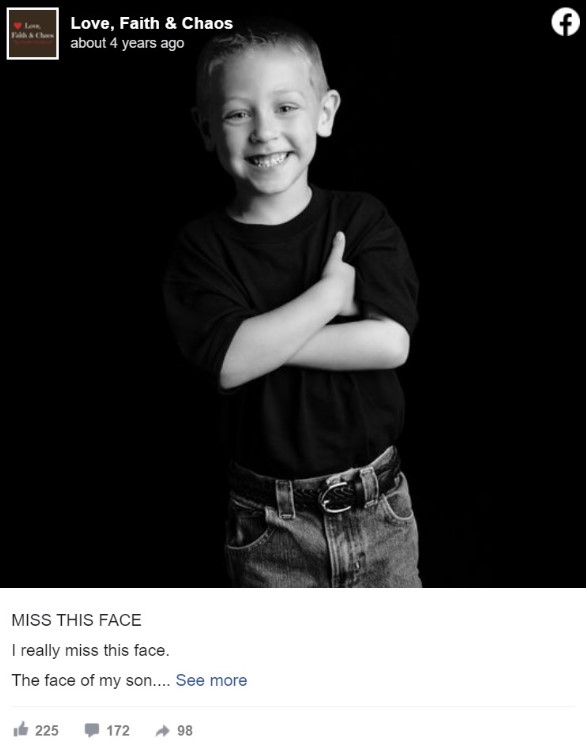
She gives mothers this advice: try not to become so engrossed in the world that you lose out on spending valuable time with your children. Prioritize what really important in life since it’s too short to waste time cleaning stains!

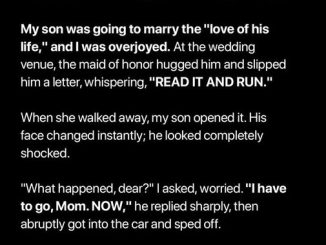

Leave a Reply